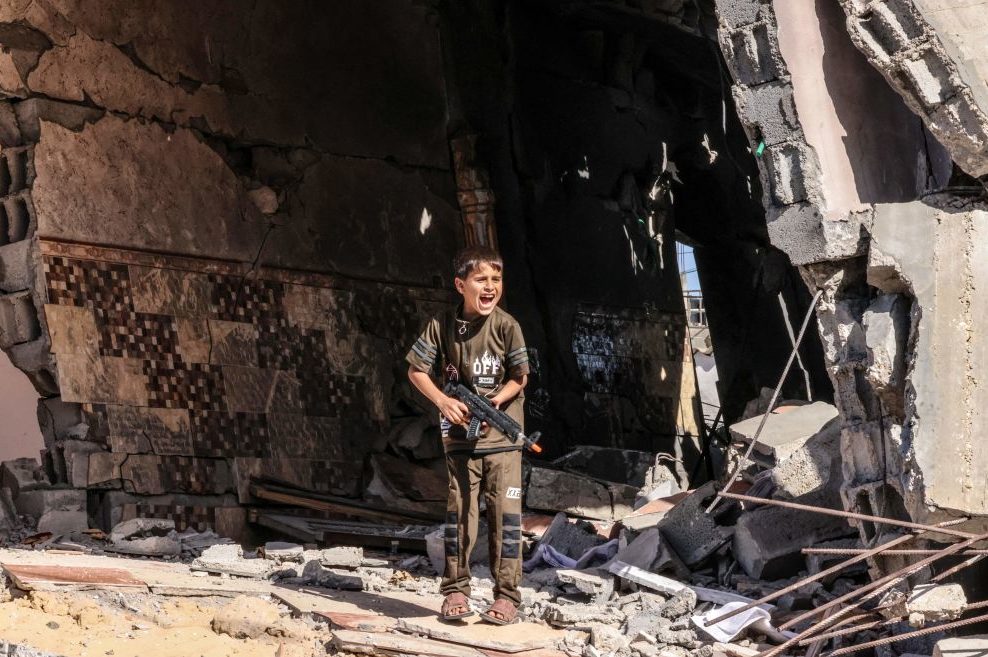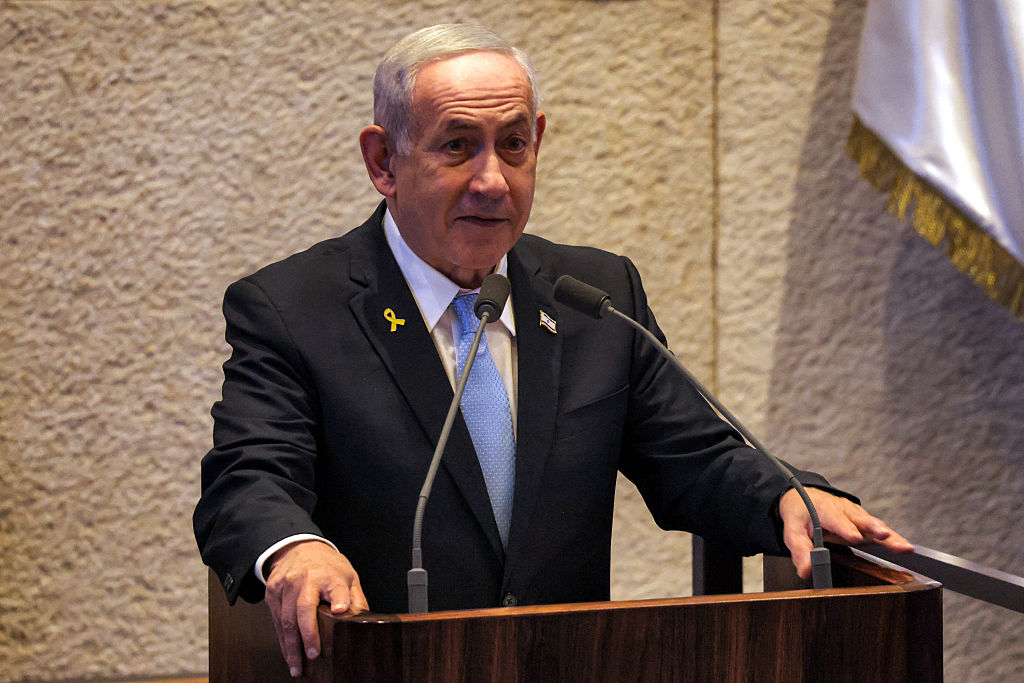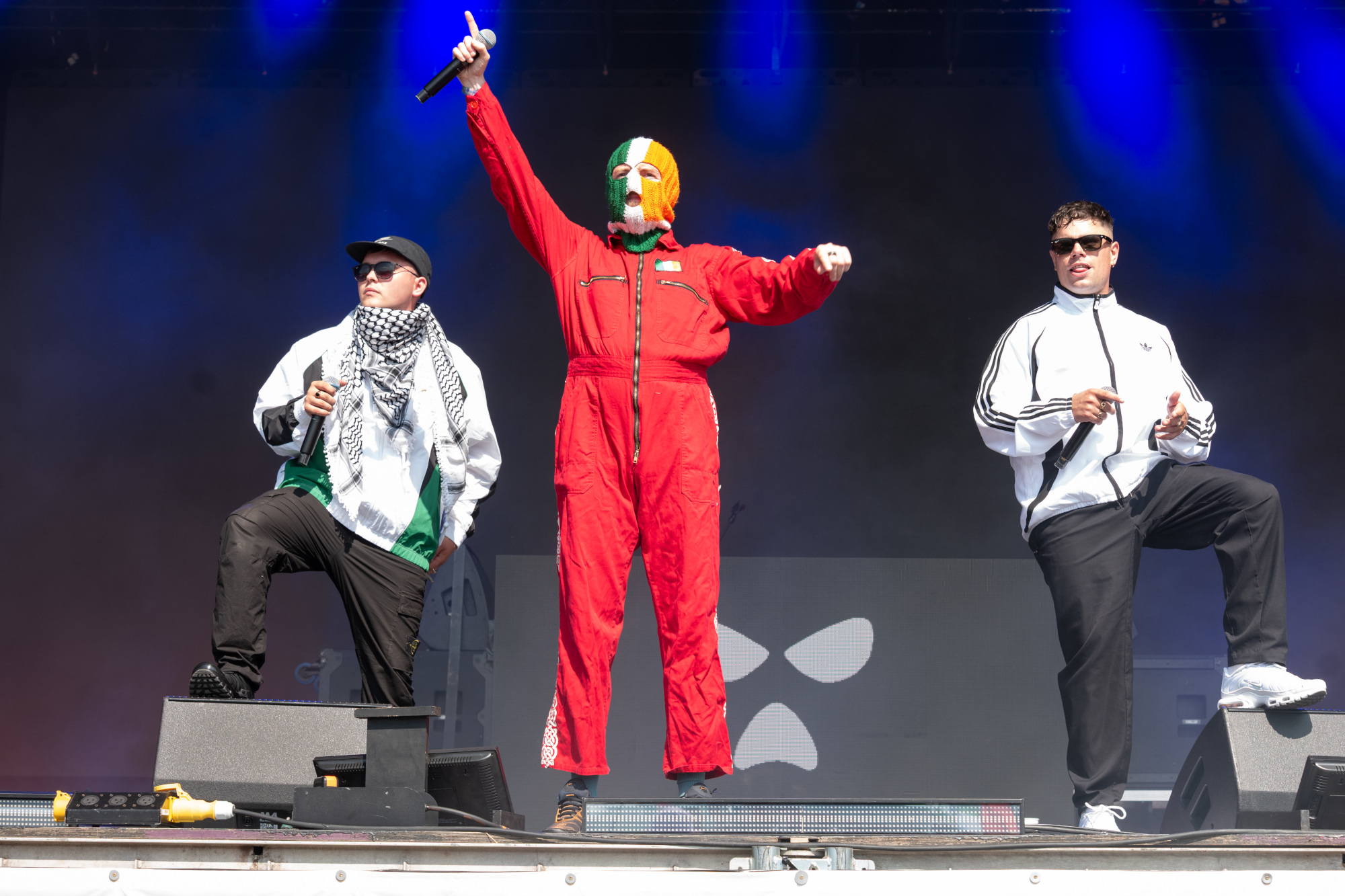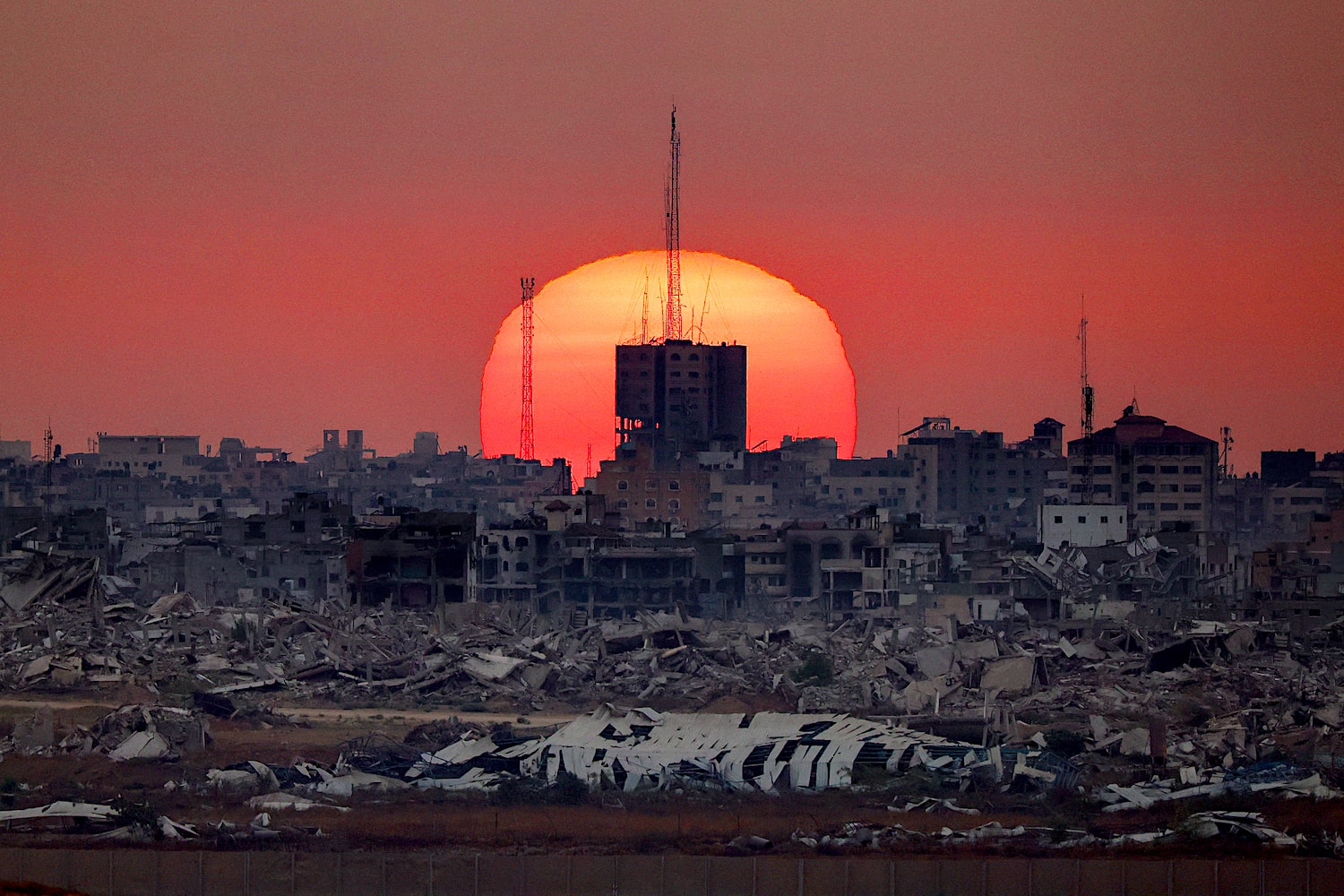The Gaza conflict is bloody, brutal, and genuinely heartbreaking, but it is also perfunctory. This is a fight in which the military battle is predetermined: Hamas cannot win and Israel cannot lose. What happens in between is almost balletic in its endless predictability. Hamas fires rockets, Israel fires back; Hamas targets Israeli cities; Israel bombs buildings in which Hamas hides and stores weapons.
So what’s the point? Well, apart from Hamas needing to show strength — and Israel needing to, in the words of its security experts, ‘mow the grass’ by periodically degrading Hamas’s military capabilities — there is a wider battle raging. This fight isn’t about missiles or rockets but about narratives; to fight you need a reason. Without one, things generally won’t go well (see Bush and Blair’s phantom WMDs in Iraq).
This concept is, of course, as old as war itself. But now there is a difference: in the age of the smartphone, wars are fought under almost total data coverage. Everything you do can — and will — be filmed.
Simon Akam, who has written a timely, elegant and important book, The Changing of the Guard, about the British army’s failures in Afghanistan and Iraq, gets this. In April 2006, the British army began Operation Herrick 4, its fourth tour of Afghanistan. It was, Akam told me, ‘that brief window when newish handheld cameras allowed soldiers to start filming from the battlefield, but before the introduction of the iPhone the following year, which gave everyone that ability.’
This gave soldiers of the Third Battalion of the Parachute Regiment (3 Para) the chance to film themselves in action. What they filmed became the ‘unofficial visual record of Herrick 4’.
It would, Akam writes, ‘change the way war is seen (and arguably fought)’ largely because it was ‘orders of magnitudes more powerful’ than peacetime training footage or the sanitized war coverage seen on mainstream media.
What happened next was something nobody could predict. The footage became aspirational. Everyone in the army saw it. Everyone wanted to be in it. Scenes of British soldiers hosing a river with tracer fire, or sliding ammunition crates across a rooftop to each other, were professionally edited and spliced with suitable (read, invariably pumping) music.
For Akam, this type of footage is to the 21st century what the lyric poem was to World War One: an ‘immediate artistic response to combat made by the combatants themselves.’
What strikes me about this comment is the difference between modern day videos and Great War poetry. 3 Para’s Herrick 4 video glorified slotting ‘Terry Taliban’ and the excitement of the fight. It’s a far cry from Wilfred Owen’s ‘Dulce et Decorum Est‘.
Almost 100 years later, British soldiers valorized the combat and violence that their World War One predecessors had self-consciously rejected. We regressed from the reality of Siegfried Sassoon’s ‘The Rank Stench of Those Bodies Haunts Me Still‘ to the lyrical artificiality of Rupert Brooke’s ‘The Soldier‘.
This happened because while Afghanistan was an awful conflict in which the British armed forces suffered hundreds of deaths, it did not compare to the visceral and daily horror experienced by those going over the top in the trenches. Afghanistan was an unquestionable tragedy, but more soldiers died in one afternoon during the Battle of the Somme than in the entire Afghan conflict.
Then, six years after British troops went to Afghanistan, along came the iPhone. It brought with it the ability for all to broadcast. Suddenly the people on the end of that tracer fire could make their own visual records of war.
This has changed things. Hamas cannot beat Israel by killing so many of its solders and citizens that it forces Israel to stop. But now, in the age of the smartphone, what it can — and does — do is have its plight seen globally: every bombed house and dead man, women and, most powerfully of all, child suffering in Gaza. These images appeal to the world in the hope that one day they might force Israel to stop.
It doesn’t matter that dead civilians (as tragic as they are) are a staple of every war. It doesn’t matter that people happily supported many previous wars that killed even more children and destroyed even more cities. The fact is, you couldn’t see it. Now you can. And the immediate response – lyrical or otherwise – has, in many quarters, returned to World War One register of visceral disgust.
It is this and not the rockets that most threatens Israel, because it affects the narrative war. Lose that fight and you might lose the political cover and military cooperation that come with it.
We are not there yet, but the Palestinians now have a way to win the war against Israel, not despite losing the battle but because of it.
This article was originally published on The Spectator’s UK website.

























